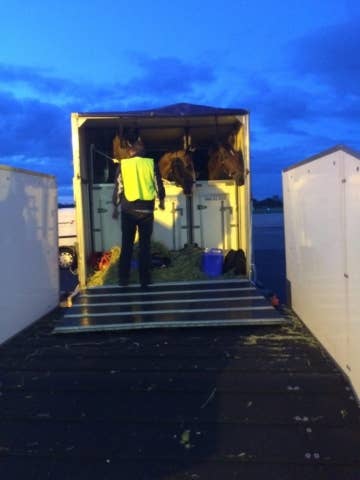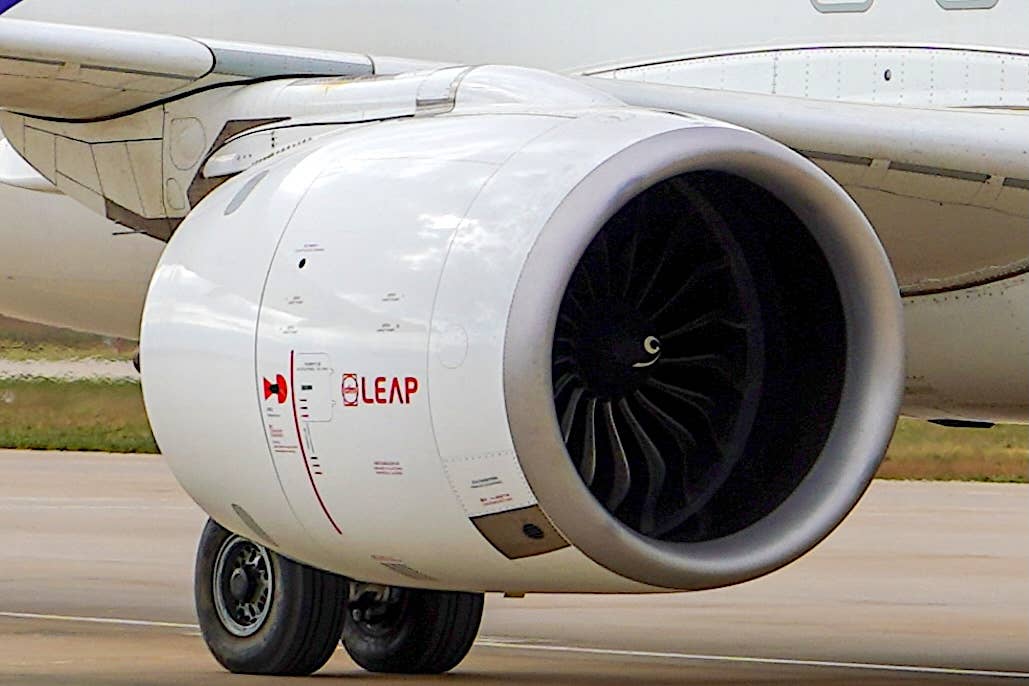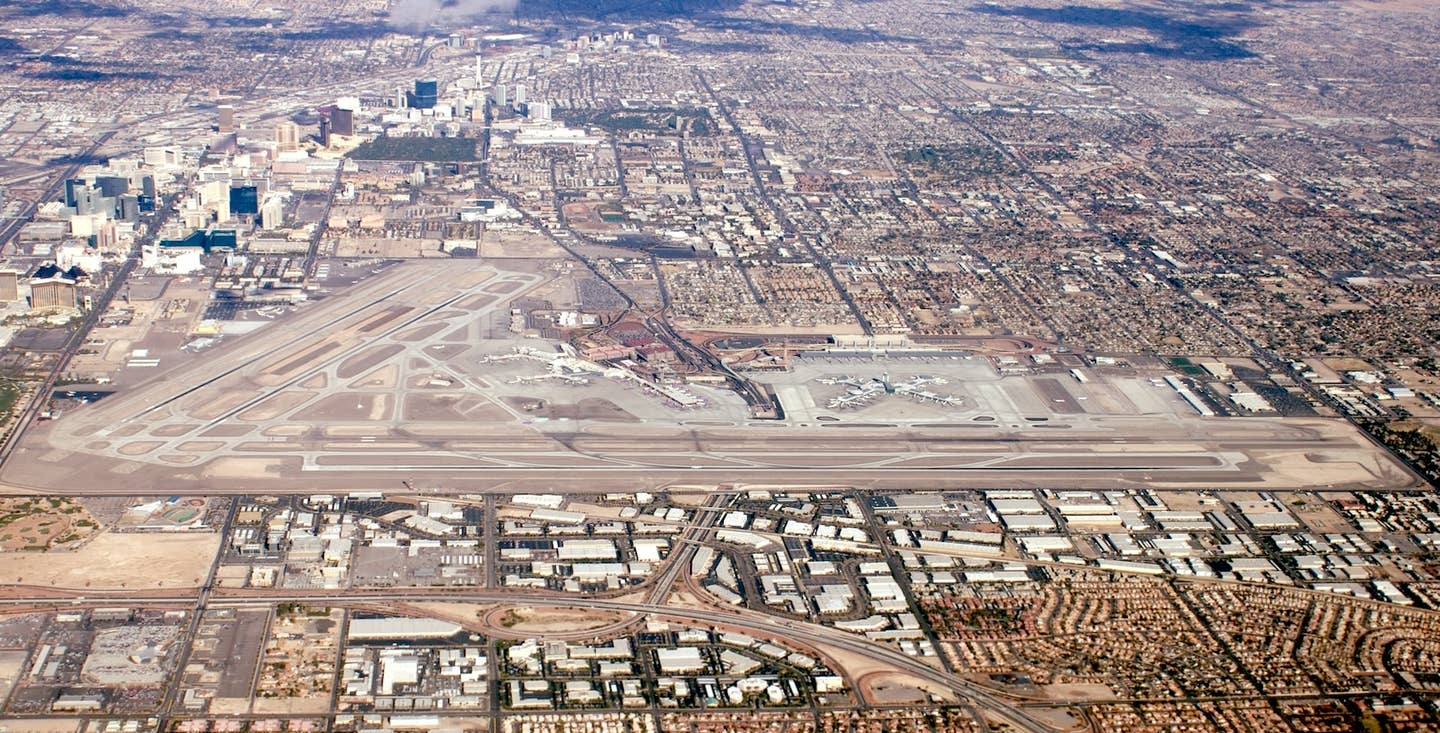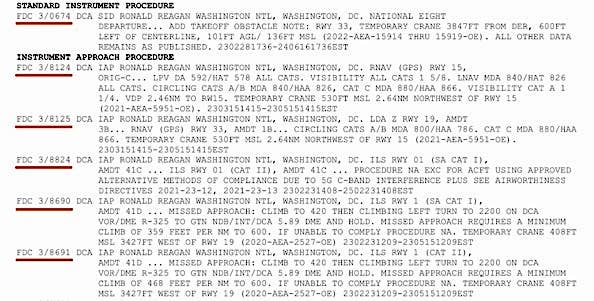New York-Belgium Horse-Transport Flight Ends Tragically
A cargo flight including up to 15 horses turned back after reaching cruise altitude due to a panicked horse breaking loose from its stall in a specially designed cargo container….

Photo for illustrative purposes only. This is not the equipment used in the related incident.
A cargo flight including up to 15 horses turned back after reaching cruise altitude due to a panicked horse breaking loose from its stall in a specially designed cargo container. As posted by an audio recording and flight track on You Can See ATC, the pilot of Air Atlantic Icelandic cargo Flight CC4592, a Boeing 747 freighter, notified Boston Center at 4:06 p.m. local time from 31,000 feet that he needed to return to JFK International in New York. He told controllers a horse had broken loose and onboard personnel in the cargo hold were not able to re-secure it. The flight was just passing the eastern tip of Long Island en route to Liege, Belgium.
The pilot told controllers there was no difficulty with flying the aircraft, but that the horse was “in difficulty” and they needed to turn back and land at JFK. He also asked that a veterinarian meet the flight upon landing. Boston Center gave the pilot vectors for the return. Shortly after that, the pilot said they would need to jettison 44,000 pounds of fuel (20 metric tons) to land safely. (Fuel jettisoned from above 5,000 feet evaporates before it reaches the surface.) ATC gave him vectors to turn east at 22,000 feet to dump the fuel over the ocean near Martha’s Vineyard—a process that took some 20 minutes—then turned the flight back for vectors to the ILS Runway 22L approach at JFK. The cargo jet landed long at JFK Runway 22L, as the pilot explained to the controller, “We’re so heavy.”
Sadly, the horse was injured severely enough in the cargo hold that it had to be euthanized after landing, according to multiple social media posts within the equestrian community as well as news reports quoting John Cuticelli, owner of the Ark, the corporation responsible for quarantine and animal transport at JFK.
Nicole Normington is logistics manager for Horse America, a Lexington, Kentucky-based horse-transportation specialist in business since 1985, which arranges flights for an average of around 30 horses per month. (Horse America was not involved in this flight.) Normington told AVweb that incidents such as this are extremely rare (she described such a tragedy as a “maybe-once-in-a-career” event). However, the takeoff and landing flight segments are most vulnerable because the licensed, professional grooms tending to the horses need to be belted in their seats and cannot respond to help calm a distressed animal.
Takeoff and landing phases are also when horses are most susceptible to panic due to changes in pressure, noise and attitude changes. “You can never really be sure how a horse is going to react,” Normington said, “and you can’t just tell a horse to calm down and munch on hay.”






